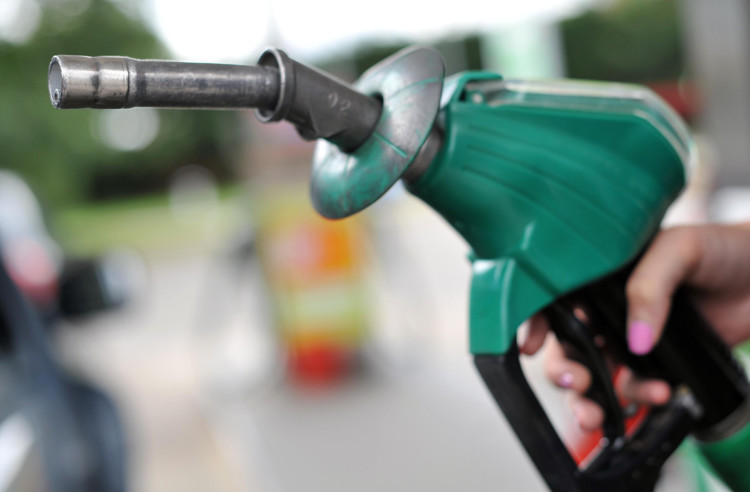
The Chancellor doesn’t have cash to throw around this year, but he’ll want to do something to convince voters that there is more money in their pockets.
Few causes have been lobbied harder for in recent years than reduction in fuel duty. It’s already been frozen until next year, but groups such as Fair Fuel UK want it cut by 5p.
A cut that big that seems unlikely, but the UK’s 37 million drivers will be pleased with any kind of reduction.
Leading up to the Budget there have been strong hints of a cut of 1p in fuel duty. It would be a welcome reduction, but most of what we pay for fuel would still go to the Chancellor.
At present 61% of the price of petrol and 59% of the price is tax (fuel duty and VAT combined).
Lobbyists say that, pre-tax, UK petrol and diesel prices are amongst the lowest in Europe yet after tax the UK has the 9th highest petrol price in the EU and the 2nd highest diesel price.
Professor Stephen Glaister, director of the RAC Foundation, said, “To all intents and purposes cars are public transport: they carry most members of the public, most of the time. 90% of all passenger miles travelled in Great Britain are on the roads. By contrast, 9% are on the railways and 1% in the air. The vast majority of the road mileage is completed by car, van or taxi 83% of the overall total.
“While record numbers of people now commute by car, including more than half of workers in the most deprived areas, the cost of transport is a big hurdle to taking up employment.
“For the poorest car owners there is little opportunity to reduce their motoring costs further. They will already be driving as little as they can and will have cut back on things like maintenance. Nor are they likely to be able to afford to swap their car for a newer model with better fuel economy and reliability.
“Before tax we have some of the cheapest petrol and diesel prices in Europe but when you add in fuel duty and VAT the picture changes dramatically.
“The Chancellor rightly points out that he has frozen fuel duty since March 2011 yet around 60% of the pump price still goes into his pocket.”

Enjoy the convenience of having The Sunday Post delivered as a digital ePaper straight to your smartphone, tablet or computer.
Subscribe for only £5.49 a month and enjoy all the benefits of the printed paper as a digital replica.
Subscribe